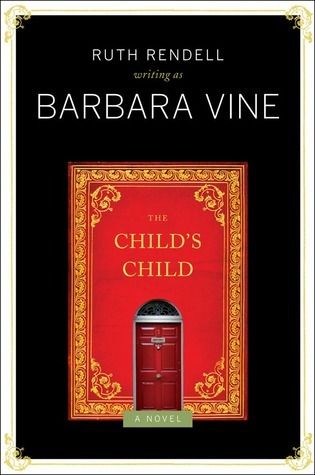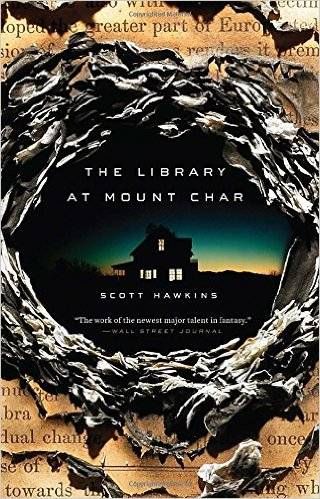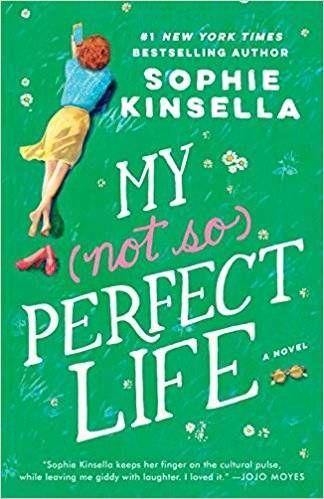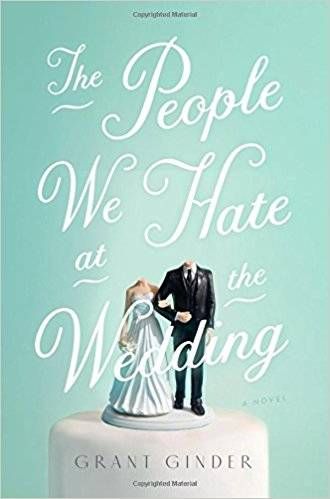Click here to subscribe today or Login.
The end of summer makes me crave Gothic novels. There’s something about long, languid afternoons turning into chilling nights that scream mystery. “The Child’s Child,” written by Barbara Vine, a pseudonym for author Ruth Rendell, mostly hit the spot.
The story follows siblings living in London in 2011. Grace and Andrew inherit a sprawling country house from their grandmother after she dies. The siblings decide to divide up the space and live together.
Grace is working on her PhD, which focuses on how l8th and 19th century authors treated young, unmarried women in their novels. Andrew falls in love with a young man named James, who moves in with them, and Grace immediately clashes with him. James believes that gay men have always had a more difficult time in literature and real life than single mothers.
James and Andrew’s lives are thrown off track when they witness the murder of one of their gay friends outside of a club. James must serve as a witness in the trial. He is terrified and his fear leads to a complicated moment with Grace, which continues to disrupt the trio’s lives.
At the same time, Grace receives an unpublished manuscript from the ’50s called “The Child’s Child.” The story was inspired by real events that happened to one of James’ distant relatives. It was never published because of its sensitive storyline.
The manuscript’s plot begins to parallel events in Grace’s life. Her relationship with Andrew begins to fall apart and she loses herself within the novel. Grace’s story acts as a framing device for the real novel: “The Child’s Child.” This story focuses on John, a gay teacher in London during the 1920s. He is ashamed of his lifestyle, but is dating a man named Bertie, who doesn’t have the same issues.
John believes he needs to stay celibate to be a better man. He moves to the country to teach. Meanwhile, his 15-year-old sister, Maud, is pregnant. Their strict parents don’t know what to do with Maud, but John sees this as an opportunity to protect his reputation. He fears he will be asked uncomfortable questions as a single man or be pursued by local women.
The siblings rent a cottage together and pose as husband and wife, which protects Maud’s reputation. However, not long after, Bertie comes back into their lives, disrupting everything. The story shifts to Maud, a formally sheltered woman who is entirely focused on her child. She closes herself off from the world and stews over imaginary problems that she invents.
The plot of “The Child’s Child” was more interesting than Grace’s story. The framing plot was underdeveloped and far too short. I struggled to connect with a lot of the characters, particularly Grace, who is very formal for a 28-year-old. There should have been a stronger connection to the two stories. Alternating chapters between Grace and Maud or John would have made the plots come together better.
John and Maud’s storyline was definitely interesting, enough so that I sort of forgot about Grace’s story which came back in the last two chapters. This felt rushed. However, both storylines dealt with themes of love and violence. The difference in time periods allowed certain elements to play out in different ways, perhaps to illustrate that life is better in the present for both gay men and unwed mothers.
“The Child’s Child” wasn’t entirely the book I was expecting. I liked it, but if you read it, be prepared for rather unlikable characters and two storylines that are less connected than they should be.








